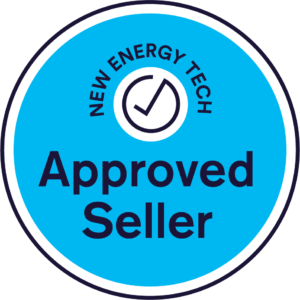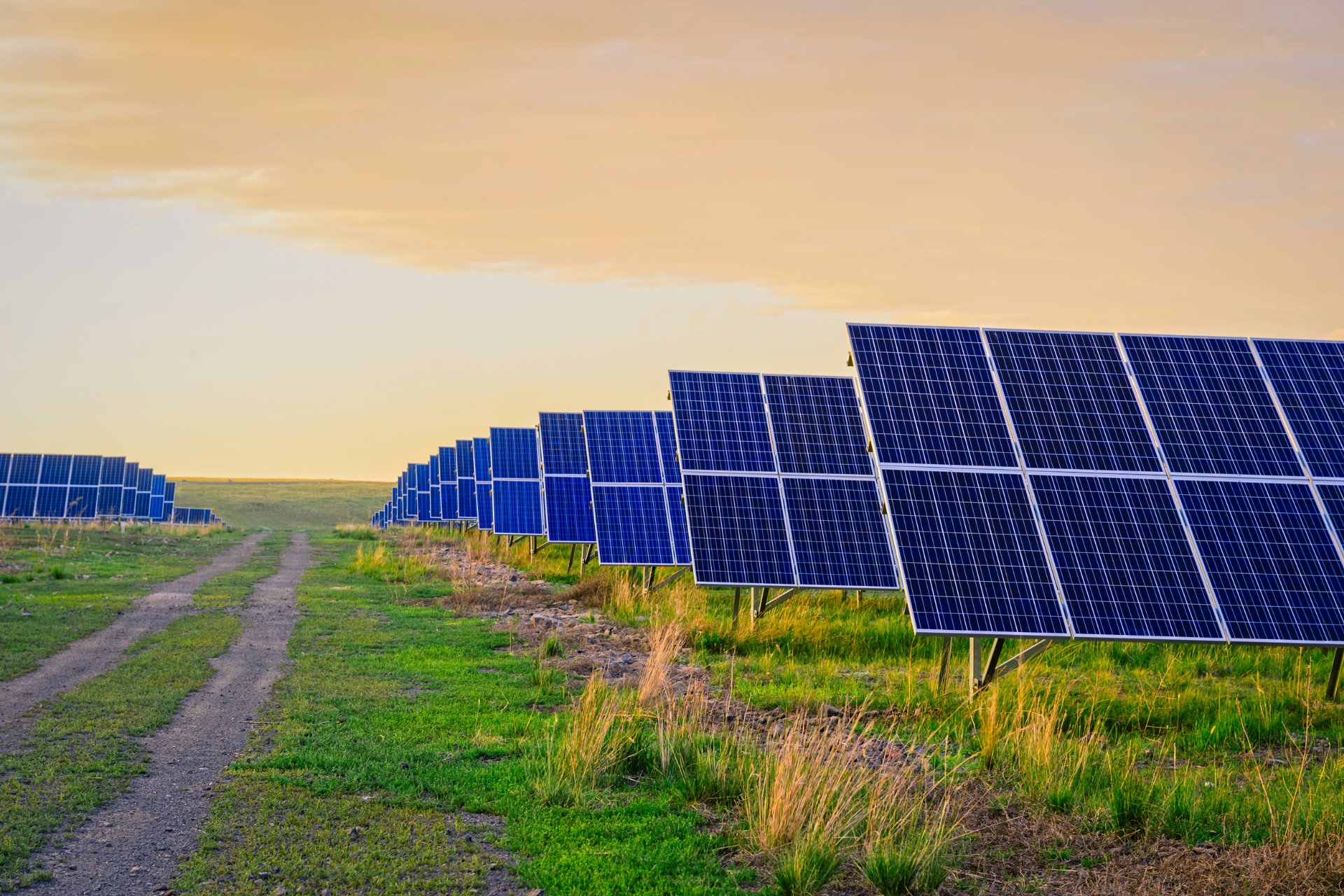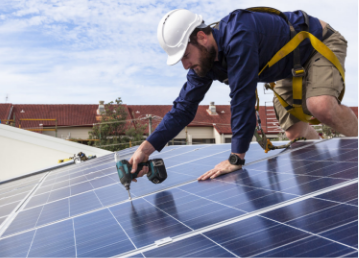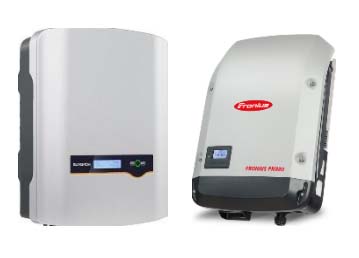Renewable energy comes from sources that are sustainable and can’t be depleted – they regenerate naturally in the world. Things like solar, wind, water and even biomass. Unlike fossil fuels and coal, renewable energy sources are future-proofed and aligned with our green goals. But, how accessible, cost-effective and sustainable are they for homes and commercial uses? Let’s look at a few of the most common sources and see how they stack up against each other in terms of accessibility, cost and sustainability.
-
Wind Power
Wind is an effective form of green energy with an abundance of potential to generate power on a large scale. Using powerful turbines, kinetic energy is generated through wind movement and captures significant energy. In Australia, wind energy supports 7.1% of the nation’s total electricity demand.
The pros:
- Great for utility scale and large energy production
- Capable of supplying energy at any time of the day or night
- Able to generate energy without significant environmental impacts
The cons:
- Start-up cost can be significant
- Costly and fairly regular maintenance
- Requires specific environment for use (e.g. space, wind accessibility)
2. Hydro power
Hydroelectric power uses flowing water to spin a turbine connected to a generator that produces electricity. Normally, the power is fairly inexpensive once the station is set up, but it’s not available everywhere and has certain environmental requirements.
The pros:
- Low cost energy, ongoing
- Provides flood control for areas
The cons:
- Expensive upfront cost to build dams and turbines
- Construction causes negative impacts to the environment – destroying animal habitats and migratory patterns
- Unable to be used on a residential scale
3. Biomass
Biomass energy is a waste-to-energy renewable source. Electricity is generated through burning organic matter such as plants and trees. This practice produces and captures methane which can be turned into electricity.
The pros:
- Clears landfills and utilises waste positively
- Less expensive than nonrenewable energy
The cons:
- Some pollution occurs through the burning process, but limited
- Plants can be costly to construct
- Unable to be used on a residential scale
4. Solar energy
Solar power is electricity generated by sunlight through rooftop or ground level panels. Considered one of the cleanest renewable sources, solar energy is readily available and accounts for 10% of Australia’s energy.
The pros:
- Government rebates and credits available for solar panel installation
- Able to be used for residential and commercial properties
- Highly available resource in Australia
- Low cost energy
The cons:
- Initial installation can be costly
- Requires space to install
There are a range of renewable energy options available in Australia. However, the one you choose comes down to a matter of personal choice and requirement. When deciding what best suits your needs, you have to note your surroundings, economic position, local weather and size of your land before coming to a conclusion.
For residential purposes, solar power is the most effective renewable energy given its accessibility for smaller spaces and comparatively low-cost. At this point in our journey to renewable energy, solar power is the most cost effective and efficient choice you can make for your home or business. Get in touch with our team today to find out how solar can work for you!





